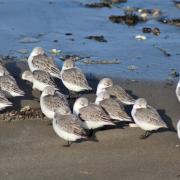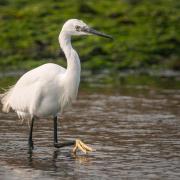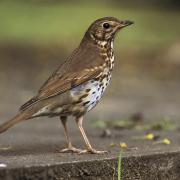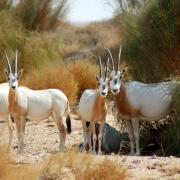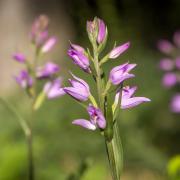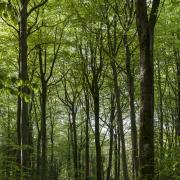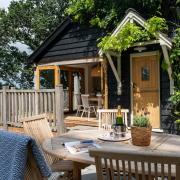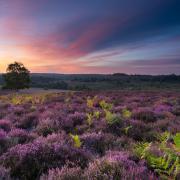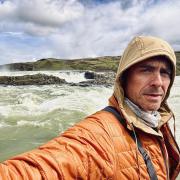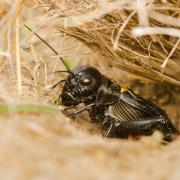The Wildlife Trust has worked tirelessly to protect the seagrass beds of the Solent, which is why we are celebrating the signing of three new byelaws that will secure their long-term future

Seagrasses are a unique group of flowering plants that live in the marine environment. Unlike seaweeds they have leaves and roots just like the plants in your garden. There are around 60 different species globally, and, although they can be found in all continents except Antarctica, they require specific conditions to survive and are vulnerable to damage.

Hampshire’s seagrass beds are important for a number of reasons. They enhance biodiversity by providing a safe haven for feeding and breeding for a host of sea creatures; they help battle climate change (they are more efficient at ‘locking up’ carbon than rainforests); and they help prevent coastal erosion thanks to their dense growth and sediment-binding roots.
The coastline of Hampshire and the Isle of Wight is one of the best places in the UK to find seagrass beds, and the Wildlife Trust has worked for years to safeguard their future. Thanks to the new byelaws there is now a ban on hand gathering and towed gear fishing in areas of the seabed where seagrass grows, including Portsmouth, Langstone and Chichester Harbours and around the shores of the Isle of Wight. Hand gathering includes people cockling as well as anglers entering the seabeds at low tide to pick for livebait.
People trampling on seagrass or uprooting the plants causes high levels of damage. Dredging, particularly for scallops and clams, has an even greater impact on the long-term sustainability of the seagrass beds. It uproots the seagrass, destabilises the seabed and leaves long stretches covered in silt.
The new byelaws have been put in place as part of a review of fishing activities within European Marine Sites requested by the EU. But it is the Wildlife Trust’s formative Solent Seagrass Project work, mapping seagrass and monitoring affected areas, that has ensured that the byelaws offer the maximum protection to our seagrass beds.
Working with statutory bodies and neighbouring Trusts through official channels to safeguard the seagrass beds, the Trust has also written its own in-depth research report on the habitats, which is updated annually with new monitoring information.
Dr Amy Marsden, the Wildlife Trust’s Marine Officer who runs the Solent Seagrass Project says: “The fisheries review and the resulting byelaws mean the seagrass beds of the Solent are protected from damage from fishing activity for the foreseeable future. We are pleased to have played a part in the process by providing data to ensure that the restrictions cover the appropriate areas.” The protected areas also include buffer zones around the seagrass beds for extra security.
The byelaws are reviewable every two years but are not ever likely to be quashed; at most there will be subtle changes to the rulings to reflect new data.
***
Reasons to protect
Vital food source for wildfowl
These fast growing plants provide an essential, abundant food source for birds such as Brent geese, wigeon and teal.
Shelter and protection
A diverse range of animals, such as cuttlefish, seahorses, crabs, bass and sticklebacks, use seagrass as a nursery ground and safe haven from predators.
Important contributor to the foodweb
Shed or uprooted leaves are slow to decay and can be carried in currents to supply food webs miles away from the coast – leaves have been found at 800m supporting the deep-sea ecosystem by providing nutrients to bacteria.
Powerful carbon captors
Because seagrass detritus breaks down slowly, carbon is bound to the sediment or transported to the deeper ocean, thus providing a major carbon sink.
Oxygenating the oceans
Photosynthesis helps to oxygenate the water column while roots penetrate dense sediments, helping to create an aerated, stable habitat.
Improved water quality
Seagrasses filter out excess nutrients and release them back slowly into the water, helping to reduce eutrophication and phytoplankton blooms.
Coastal protection
Dense root systems trap and stabilise sediment, while the canopy dampens wave action, helping to reduce erosion and protect coasts from storm damage.
***
You can keep up to date with the Wildlife Trust’s work to protect our seas at www.hiwwt.org.uk following the Marine tab.






